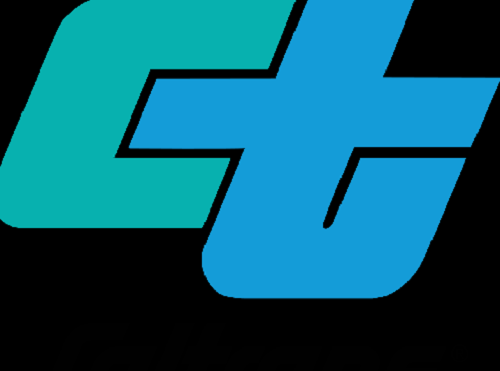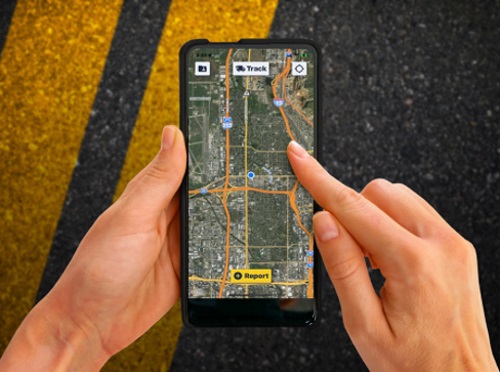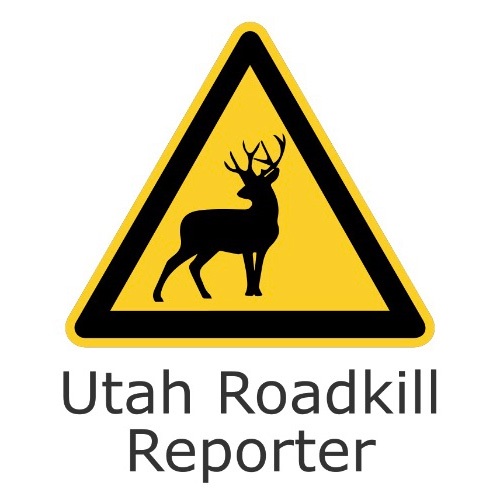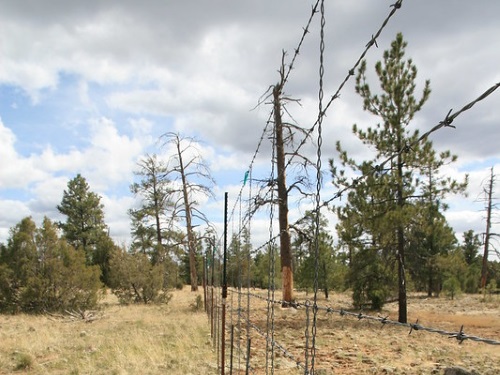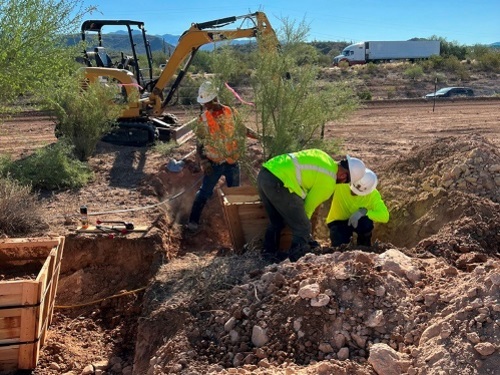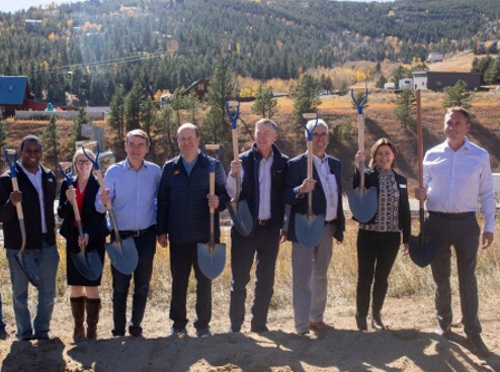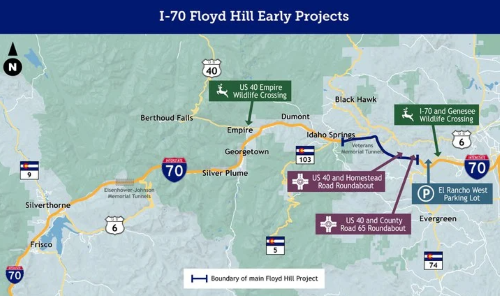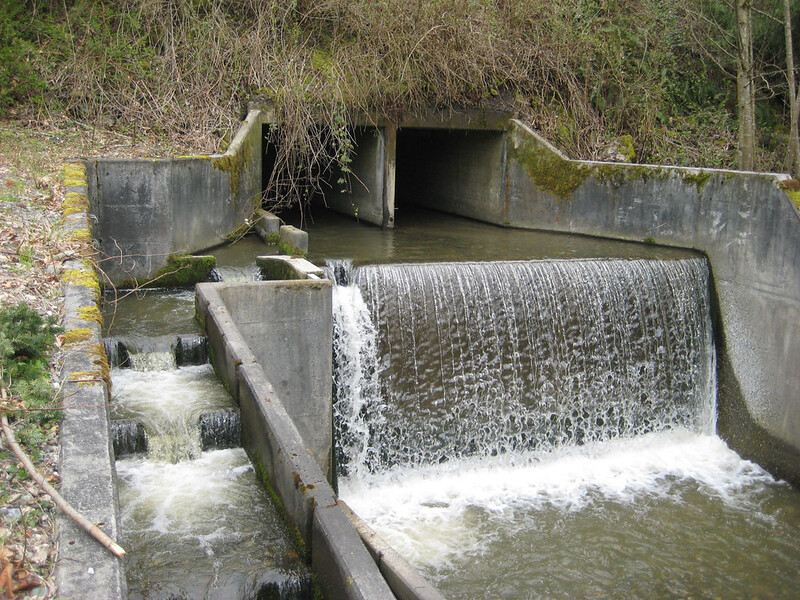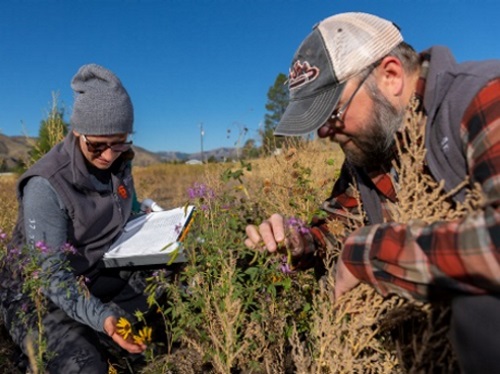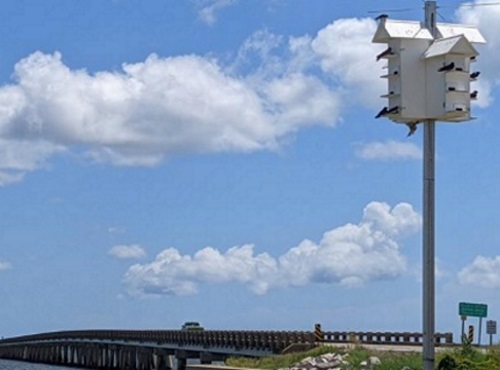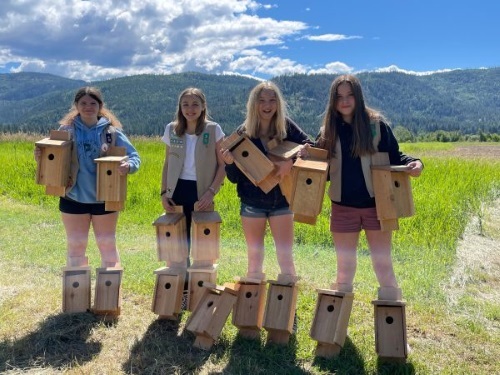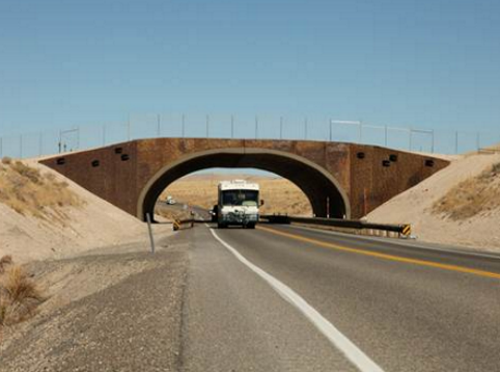The California Department of Transportation, the California Department of Fish and Wildlife (CDFW), and passenger rail provider Brightline West plan to jointly design and construct three wildlife overcrossings across Interstate 15 and the future Brightline West high-speed rail system connecting Las Vegas and Southern California.
[Above photo by Caltrans]
Those overcrossings seek to provide a sustainable and safe path for wildlife – especially for bighorn sheep – over the existing northbound and southbound highway lanes and the future 218-mile high-speed rail system to be built within the median, explained California Governor Gavin Newsom (D).
“Roadways and rail lines must be designed to connect, not divide,” he said in a statement. “This project will not only protect the precious wildlife and habitat of the Mojave Desert region but will also get people between Las Vegas and Southern California safely and efficiently – preserving one of the most popular corridors in our state.”
Beyond building those three wildlife overcrossings, the Brightline West project aims to maintain or improve more than 600 culverts and large-scale crossings under I-15 that exist today as well as restore and install desert tortoise fencing and directional wildlife exclusionary fencing.
Over the past year, Brightline, Caltrans and CDFW said they have worked together to develop a coordinated plan to fund, design, construct and maintain these wildlife overcrossings. The parties intend to fund the overcrossings using a mix of Caltrans, CDFW and Brightline West capital resources, while also seeking federal dollars.
Concurrently, a recent blog post by the Pew Trusts highlights how the growing success of wildlife crossings – bridges, underpasses, and culverts designed to help animals avoid vehicle traffic – across the U.S. is drawing a surge of interest from policymakers seeking to reduce wildlife-vehicle collisions and protect animals.
State departments of transportation across the country continue investing in a variety of wildlife crossing projects.
For example, to date, Colorado DOT said it has built more than 60 wildlife mitigation structures crossing above or under highways throughout the state. Additionally, it has installed 400 miles of high big game fencing along state and U.S. highways or next to the interstates.
In August 2022, the agency completed a wildlife overpass and underpass on U.S. Highway 160 in the southwestern part of the state; a stretch of road where more than 60 percent of all crashes are due to wildlife-vehicle collisions.
Meanwhile, a research document released in July 2022 by an international pool funded study led by the Nevada Department of Transportation provides an “authoritative review” of the most effective measures to reduce animal-vehicle collisions, improve motorist safety, and build safer wildlife crossings.
With as many as two million collisions with large mammals in the United States leading to approximately 200 human deaths every year, the review compiled, evaluated, and synthesized studies, scientific reports, journal articles, technical papers, and other publications from within the United States and beyond to determine effectiveness of 30 different mitigation measures.

